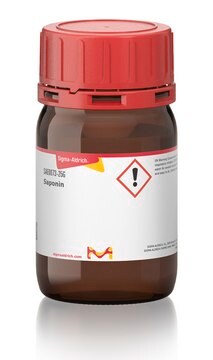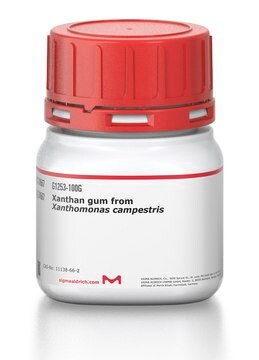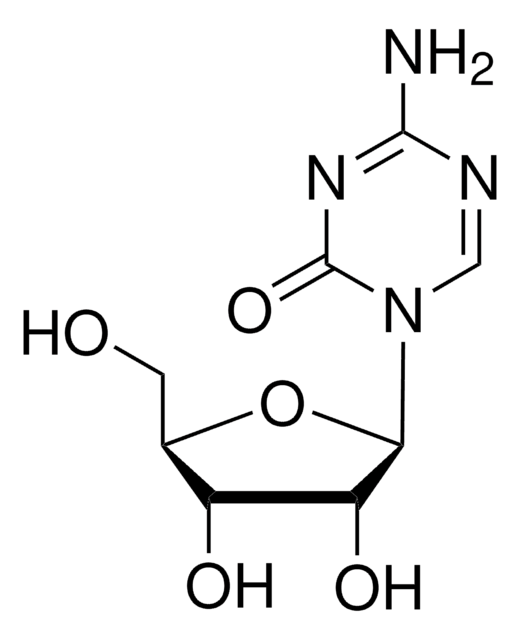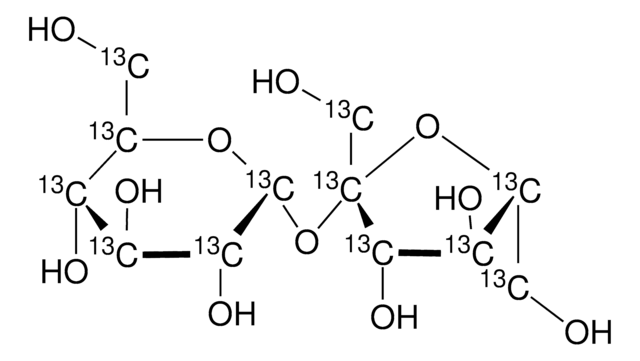5.09290
G 418 Sulfate Salt
OmniPur® Grade, >=730 µg/mg
Synonym(s):
OmniPur® G418 Sulfate, Cell Culture Tested, NMD Inhibitor I
About This Item
Recommended Products
Quality Level
Assay
≥90% (HPLC)
form
powder
manufacturer/tradename
Calbiochem®
storage condition
OK to freeze
color
white
cation traces
heavy metals: ≤100 ppm
storage temp.
10-30°C
InChI
1S/C20H40N4O10.2H2O4S/c1-6(25)14-11(27)10(26)9(23)18(32-14)33-15-7(21)4-8(22)16(12(15)28)34-19-13(29)17(24-3)20(2,30)5-31-19;2*1-5(2,3)4/h6-19,24-30H,4-5,21-23H2,1-3H3;2*(H2,1,2,3,4)/t6?,7-,8+,9+,10+,11-,12-,13-,14+,15+,16-,17-,18+,19-,20+;;/m0../s1
InChI key
UHEPSJJJMTWUCP-NKCAIAFTSA-N
General description
Biochem/physiol Actions
Warning
Reconstitution
Other Notes
Santerre, R.F., et al. 1991. Methods Mol. Biol.7, 245.
Maniatis, T., et al. 1989. In Molecular Cloning, A Laboratory Manual, Second Edition, Cold Spring Harbor, NY.
Edwards, S.A., and Adamson, E.D. 1987. J. Cell Physiol.133, 46.
Ernst, J.F., and Chan, R.K. 1985. J. Bacteriol.163, 8.
Canaani, D., and Berg, P. 1982. Proc. Natl. Acad. Sci. USA79, 5166.
Hirth, K.P., et al. 1982. Proc. Natl. Acad. Sci. USA79, 7356.
Ursic, D., et al. 1981. Biochem. Biophys. Res. Commun.101, 1031.
Jimenez, A., and Davies, J. 1980. Nature287, 869.
Legal Information
Signal Word
Danger
Hazard Statements
Precautionary Statements
Hazard Classifications
Resp. Sens. 1 - Skin Sens. 1
Storage Class Code
13 - Non Combustible Solids
WGK
WGK 3
Certificates of Analysis (COA)
Search for Certificates of Analysis (COA) by entering the products Lot/Batch Number. Lot and Batch Numbers can be found on a product’s label following the words ‘Lot’ or ‘Batch’.
Already Own This Product?
Find documentation for the products that you have recently purchased in the Document Library.
Our team of scientists has experience in all areas of research including Life Science, Material Science, Chemical Synthesis, Chromatography, Analytical and many others.
Contact Technical Service






